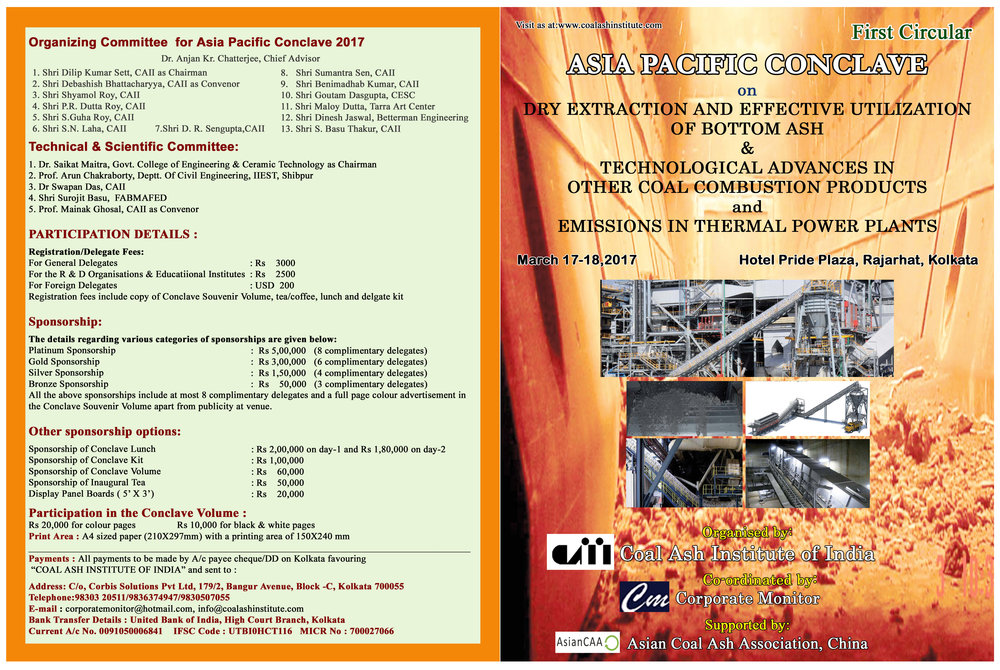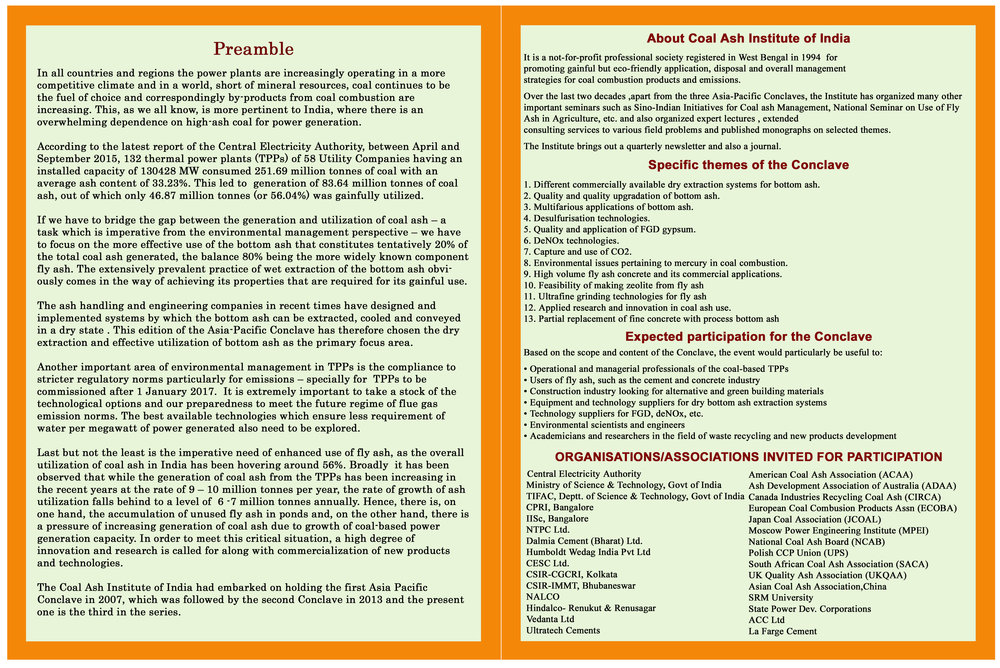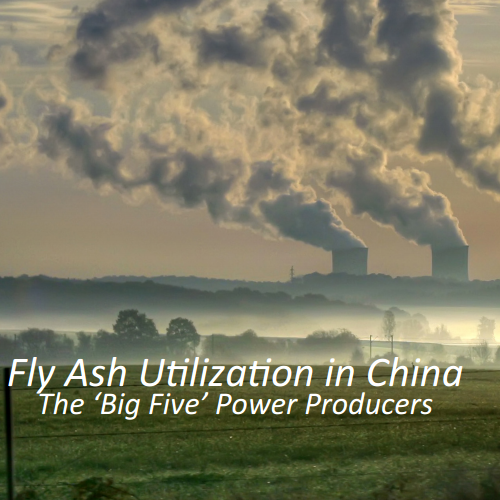India- Delhi tops the list as one of the most polluted cities in the world. India, in fact, is home to thirteen out of twenty most polluted cities (World Health Organisation). Pollution here is caused by inefficiencies in the industrial sector (dust and carbon emissions), and the transportation/automobile population in India’s densely populated cities.
A main contributing factor to industrial emissions depends on the quality of fuel being burned. Choosing competent technology and efficient coal is critical in curbing emissions. The top 13 cities, and surrounding regions are under great pressure to adapt said measures. Reutilization and sustainability has been the goal of power stations and regulators for approximately the past two decade. Current strategies for coal ash reutilization include substituting more expensive ingredients in building materials such as concrete/cement, porcelain, bricks/blocks, and adhesives.
The majority of these cities operate their stations using domestic coal, which is burned unprocessed. This coal has an ash content of 38-45%, which is a directly linked to the environmental issues of: industrial dust and land consumption for the dumping of coal ash.
The city of Mumbai uses cleaner coal by washing it before entering boilers (gold coal), reducing ash output to 3% in some stations. Mumbai has also implemented upgraded electrostatic precipitators and FGD units, unseen in any of the 13 cities on the list. The city has positioned itself at the head of the cleaner coal energy movement. The calorific value (Kcal) of the coal being burned in Mumbai is also significantly higher and possesses a much lower sulphur dioxide content. This brings down the quantity of coal being used for every unit of power generated.
Recent studies explore the possibility of using fly ash waste as a means to fill up abandon mines. This method is being approached by many coal-fired power plants including NTPC Korba Station, located in Chhattisgarh, who began exploring this option for its ash this past December. The company will conduct the study on 4 abandon mines in Banki fields just outside the city, planning to publish results by the end of 2016.
NTPC power has had a division of the company dedicated to ash reutilization since 1991. NTPC stations overall have switched to higher grade coal since then to combat the amount of ash burned in their stations, and also the quantity of coal burned. Success in this new study could lead to NTPC meeting the countries 100% utilization initiative.
NTPC appears to be at a higher level of efficiency when compared to their competitors, as they make up for 16 percent of India’s total installed capacity, yet contribute a quarter of the total electricity generated in the country.
A current memorandum of understanding between NTPC and Odisha, Chhattisgarh and Jharkhand governments vow to improve the transportation and utilization of coal.


